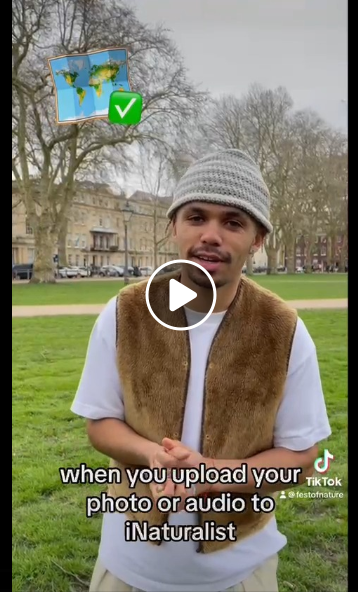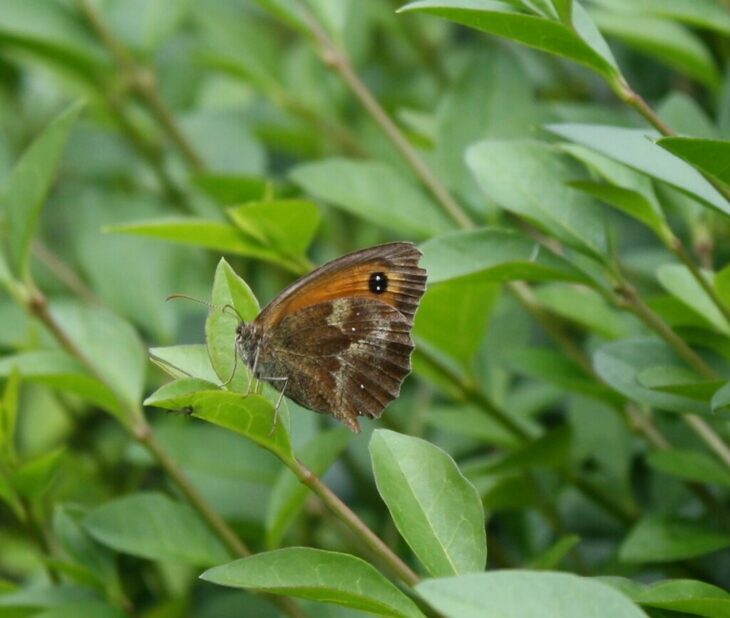Grassland Fungi
iNaturalistUK user, Peachysteve, provides advice on recording these under recorded fungi.
The summer may be over but there is still plenty to record. Fungi like warm, moist, and stable conditions and that’s why Autumn is the peak time for them. As the summer heat fades and the rain comes, the soil reaches a Goldilocks state, not too hot, not too cold, not too wet, not too dry.
The UK is globally important for a group of grassland fungi restricted to ancient grasslands, these are the CHEGD fungi, the best known of which are the Waxcaps. Many of these species are on the IUCN’s Red List.
If you look at the European records on iNaturalistUK you’ll see that the vast majority are made in the UK. Despite this they are still hugely under recorded. They are currently afforded very little protection and are extremely threatened by habitat loss. Grasslands are often seen as low importance habitat and a blank slate for development or enhancement. Low nutrient grasslands are the least productive so are earmarked for land use change, and yet they are also the most diverse and may support globally important communities. We are losing important sites before we even know we have them. That’s where the power of citizen science recording comes in. By posting your records on iNaturalist, and with the help of expert identifiers, we can identify important sites across the country. Some Local Record Centres are already making use of this, like the Lancashire Waxcap Project.
So please get out in old grasslands, they could be meadows, pasture or the grounds of historic buildings, and look for Clubs, Corals, and colourful Waxcaps. Make sure to identify them as fungi to help them get to the right person for ID or confirmation.
A good picture is essential to a safe ID.

Crimson Waxcap – Hygrocybe punicea (c) peachysteve
When it comes to fungi, it’s important to show certain features clearly. For mushrooms a shot which shows the cap, stem and gill attachment is vital for a good ID.
A single image of a group of fungi with one or two upturned can show this well. If there is only one specimen then you will need to pick it to show the gill attachment. If you really can’t bring yourself to pick it then you may get a reasonable image with your front facing camera.
If you know you have a Waxcap but aren’t sure of the exact species then you may want to download Peachy Steve’s UK Waxcaps app*. Only available for android phones.
Together we can make a difference for nature.
*This app has been developed by peachysteve and is not related to iNaturalist in any way.















